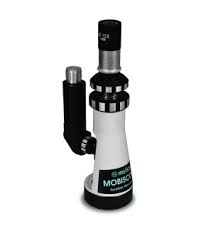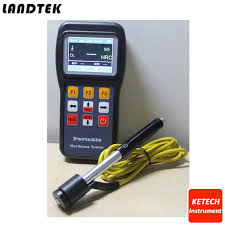SOHM ANALYTICAL SERVICES INDIA P.LTD
Featured Products
Highest quality standards are achieved through the implementations of latest technology, decades of experience and everlasting moral values , which have helped us to retain our customers as well as multiply them.
Welcome to SOHM ANALYTICAL SERVICES INDIA P.LTD
Oes Spectrometer
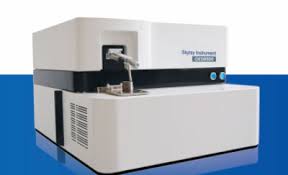
Function of Optical Emission Spectrometer
In optical emission spectroscopy, a metal is heated to high temperature using electrical discharge; the light emitted by the metal atoms in the sample is then passed through a spectrometer, which splits the light up with a prism or diffraction grating. The pattern of bands cast by the spectrometer can be used to identify the element.
Tensile Testing
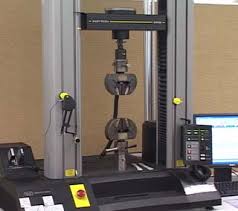
Tensile testing, also known as tension testing, is a fundamental materials science test in which a sample is subjected to uniaxial tension until failure. The results from the test are commonly used to select a material for an application, for quality control, and to predict how a material will react under other types of forces. Properties that are directly measured via a tensile test are ultimate tensile strength, percentage elongation and percentage reduction in area. Tensile testing includes tensile test with 0.2% proof stress, Yield Stress, % Elongation, %Reduction area.
Corrosion Testing
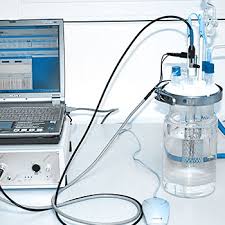
HIC
SSCC – Method A
SSCC - Method B (Four Point Bend)
Chloride Stress Corrosion Cracking CaCl2
Chloride Stress Corrosion Cracking MgCl2
Pitting Corrosion (Method A,C,D,E,F)
Crevice Corrosion (Method B)
IGC Test A, B, C, E & F as per ASTM A262
ASTM A763
Detection of Detrimental Inter Metallic Phases as per ASTM A 923
Metallography Testing
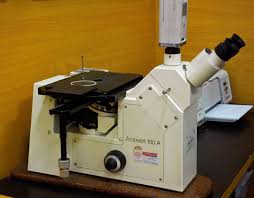
All types Micro Photograph e. g. E-381, E-45, E-112 etc
Micro Examination
Inclusion rating as per ASTM E45
Microstructure of Graphite Cast Iron By IS & ASTM
Ferrite Content Test ASTM E562
Determination of Case depth IS 6416
Determination of Depth of decarburized layer in steel ASTM E1077 & IS 6396
Thickness of coating by Microscope ASTM B487
Insitu Mettalography
Our Vision
* To embrace new technologies and methods. * To give unsurpassed products and services to the clients. * To constantly look for improvement and changes.







